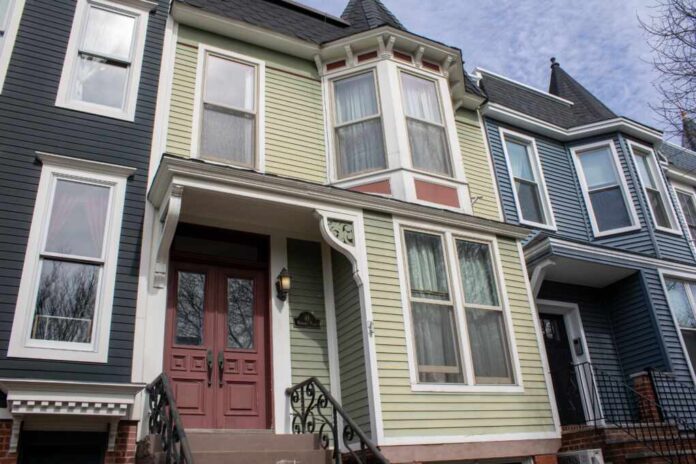
New York City’s aging rent-stabilized apartments face financial collapse as landlords struggle with mounting costs and insufficient income, threatening to eliminate affordable housing for 1.7 million residents.
At a Glance
- NYC is experiencing a severe housing crisis with a 1.4% vacancy rate and over 120,000 people in shelters
- Pre-1974 rent-stabilized buildings, particularly those owned by small “mom and pop” landlords, face critical financial distress
- Property tax lien sales threaten to accelerate the loss of affordable housing as debt-burdened landlords face foreclosure
- Rental income in regulated buildings often fails to cover basic expenses, leading to deferred maintenance and deteriorating conditions
- Experts recommend property tax caps, rental assistance expansion, and state housing law reforms to preserve affordable units
The Affordable Housing Crisis by the Numbers
New York City’s housing market has reached a breaking point. With a vacancy rate of just 1.4% and median asking rents of $3,500 requiring an annual income of $140,000, housing costs have far outpaced the median household income of $79,713. This disparity has pushed over 120,000 people into shelters and left countless others struggling to afford their homes. The crisis is particularly severe in the city’s rent-stabilized housing stock, which represents a critical affordable housing resource for lower and middle-income New Yorkers.
Rent-stabilized apartments built before 1974 house approximately 1.7 million New Yorkers, but these aging buildings are increasingly unable to sustain themselves financially. Many smaller property owners, often immigrants who invested their life savings in these buildings, find themselves caught in an impossible financial situation where rental income consistently falls short of covering basic operational expenses.
Tax Lien Sales: A Death Knell for Affordable Housing
The city’s tax lien sale program has emerged as a particularly destructive force threatening the survival of affordable housing. When property owners fall behind on taxes or utility bills, the city sells these debts to private investors who can charge up to 18% interest, putting tremendous pressure on already struggling landlords. These properties, predominantly located in low-income neighborhoods and owned by people of color, face foreclosure when owners can’t keep up with the escalating debt.
The consequences extend far beyond the property owners themselves. When buildings change hands through foreclosure, tenants often face predatory new owners who may use aggressive tactics to force out long-term residents in order to convert units to market rate. Alternatively, buildings may become neglected and fall into disrepair as cash-strapped owners defer maintenance. Either way, vulnerable tenants bear the brunt of these financial failures.
Regulatory Stranglehold on Small Landlords
Rent stabilization policies, while intended to protect tenants, have created an untenable situation for many property owners. The Rent Guidelines Board has consistently approved rent increases below the inflation rate, widening the gap between operating costs and rental income. Meanwhile, regulations severely restrict landlords’ ability to recoup the costs of necessary improvements and renovations, leading to deteriorating building conditions.
The COVID-19 pandemic worsened these existing problems, as many tenants were unable to pay rent while property owners still faced mortgage payments, property taxes, and utility bills. Small landlords, lacking the financial reserves of large corporate property owners, have been disproportionately affected by these challenges. Many have accumulated unsustainable debt that threatens their ability to maintain their properties.
Solutions to Preserve Affordable Housing
Addressing this crisis requires a multi-faceted approach focused on preserving existing affordable housing while creating new options. Experts suggest expanding rental assistance programs to help tenants pay rent while ensuring landlords receive adequate income to maintain their buildings.
Property tax caps for buildings that maintain affordable rents could provide immediate relief to struggling owners and incentivize preservation of affordable units.
Reforming state housing laws to allow reasonable rent increases tied to actual operating costs would create a more sustainable economic model for rent-stabilized buildings. Additionally, giving nonprofits and community land trusts priority in developing public land could help create permanently affordable housing outside the speculative market.
The current approach of offering tax breaks for new construction has failed to significantly lower housing costs. A more effective strategy would redirect funding from shelter construction to permanent affordable housing, rehabilitate existing structures, and convert non-residential buildings into housing. Without immediate action to address the financial crisis facing rent-stabilized buildings, New York risks losing a substantial portion of its affordable housing stock at a time when it can least afford to do so.

























